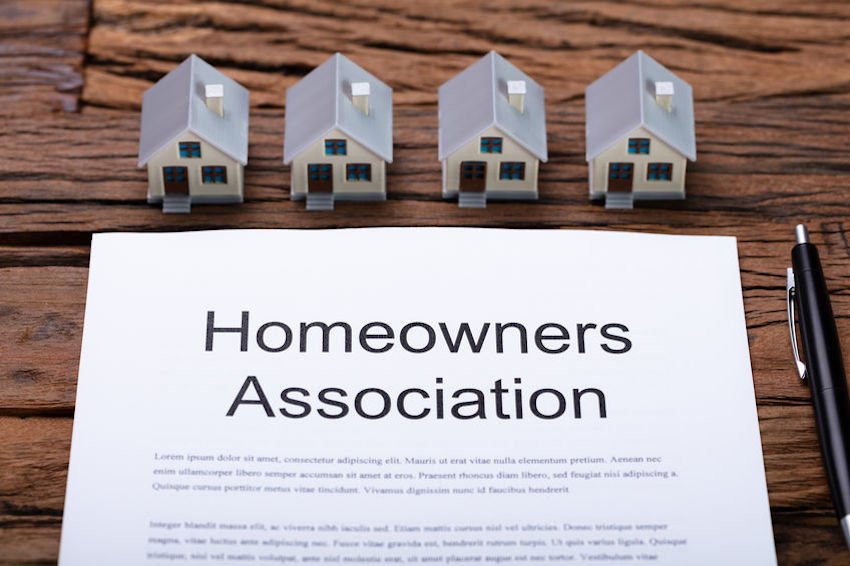Condo HOA and Community Events: Building Stronger Connections
Exactly How Condo HOA Regulates Shared Areas and Improves Community Harmony
The governance of common rooms within a condo association plays a critical duty in promoting area communication and preserving building values. Via the facility of comprehensive guidelines, the Condo HOA not just regulates the usage of communal features but likewise promotes a society of regard and responsibility amongst locals.
Duty of the HOA
The homeowners organization (HOA) acts as the controling body for condominium neighborhoods, playing a crucial function in keeping the property and advertising a natural living environment. It is accountable for establishing and enforcing neighborhood policies and laws, which are designed to protect the visual worth and functionality of the shared space. This administration ensures that all homeowners adhere to a standard collection of assumptions, fostering a sense of unity among diverse homeowners.
Furthermore, the HOA takes care of the economic facets of the community, including budgeting, collecting fees, and keeping usual locations. This economic oversight is critical in making sure that needed maintenance and renovations are performed immediately, enhancing home values gradually. The HOA likewise acts as a liaison between residents and external entities, such as regional federal government and provider, attending to common issues efficiently.
Moreover, the HOA frequently organizes area occasions and programs, motivating neighborly interactions and constructing relationships among homeowners. By promoting open interaction and dealing with grievances, the HOA adds to an unified living setting. Therefore, its multifaceted duty is necessary in making sure the smooth operation and general contentment within condominium neighborhoods.
Regulations for Shared Spaces
Reliable governance in condo neighborhoods demands clear regulations for common spaces, which are vital for maintaining order and advertising a sense of area among homeowners. These regulations serve as standards that make certain everybody can delight in usual areas, such as swimming pools, gardens, and entertainment facilities, without dispute.

Furthermore, sanitation and maintenance criteria are vital, typically specifying that locals must clean up after themselves and report any kind of damages to the house owners' association. By clearly connecting these expectations, the HOA can lessen misconceptions and encourage respect among homeowners.
Ultimately, well-defined rules for shared areas add to the overall lifestyle in a condo community, enabling residents to exist side-by-side peacefully while taking pleasure in the amenities that improve their living experience. condo hoa.
Relevance of Community Guidelines

Neighborhood guidelines play a significant function in fostering a cohesive and respectful setting within condo organizations. These guidelines establish clear expectations for locals, promoting a sense of accountability and shared responsibility. By delineating appropriate habits and methods, community guidelines aid protect against misconceptions and problems amongst citizens.
Moreover, these guidelines act as a structure for keeping the visual and practical stability of shared rooms. They make certain that all locals abide by standards regarding building upkeep, noise degrees, and usage of public centers. This uniformity not just improves the aesthetic charm of the community however likewise adds to general home values, profiting all property owners.

Problem Resolution Methods
Navigating problems within a condo association requires a structured strategy to make sure fair and reliable resolution. Efficient dispute resolution strategies often start with open communication, urging locals to voice problems in a respectful way. Establishing a designated network for complaints, such as an idea box or an on the internet forum, can promote this procedure.
Mediation is an additional essential method, where a neutral 3rd party helps challenging locals get to an equally agreeable remedy. This method cultivates cooperation and understanding, lessening hostility - condo hoa. The HOA board need to additionally develop clear procedures for dealing with grievances, ensuring all parties recognize the actions involved
Routine problem resolution training for board members can enhance their ability to deal with disagreements effectively. Using a distinct structure, such as the "Interest-Based Relational Strategy," aids concentrate conversations on interests rather than positions, promoting a solutions-oriented mindset.
Benefits of Neighborhood Harmony
Promoting community harmony within a condominium association brings numerous advantages that improve the general living experience for locals. A harmonious area motivates partnership and teamwork among neighbors, resulting in a more gracious atmosphere. When residents really feel linked and revered, they are a lot more most likely to participate in common activities and take part in decision-making procedures, leading to a stronger feeling of belonging.
Moreover, area harmony substantially decreases misunderstandings and conflicts, which can otherwise interfere with day-to-day live. A serene environment decreases anxiety and promotes mental health, enabling residents to appreciate their homes completely. In addition, harmonious relationships typically convert into increased residential or commercial property worths, as potential customers are drawn to areas identified by stability and cooperation.

Final Thought
In summary, the function of the Condo HOA is pivotal in controling shared rooms and fostering area harmony. condo hoa. With the establishment of clear guidelines click reference and neighborhood guidelines, citizens are urged to keep a respectful and liable environment. Efficient problem resolution approaches additionally enhance interaction and partnership amongst residents. Eventually, the efforts of the HOA contribute to a cohesive community, advertising both property values and general resident satisfaction. The positive influence of these efforts is vital for continual public wellness.
Moreover, the HOA frequently arranges area events and programs, motivating neighborly Our site communications and developing connections amongst locals. By marking acceptable behaviors and techniques, community guidelines help protect against misconceptions and conflicts among homeowners.
In addition, community guidelines facilitate efficient interaction among citizens and the Homeowners Organization (HOA) Via the establishment of clear guidelines and community standards, citizens are encouraged to keep a considerate and answerable environment. Inevitably, the initiatives of the HOA contribute to a cohesive community, promoting both residential or commercial property values and general resident contentment.